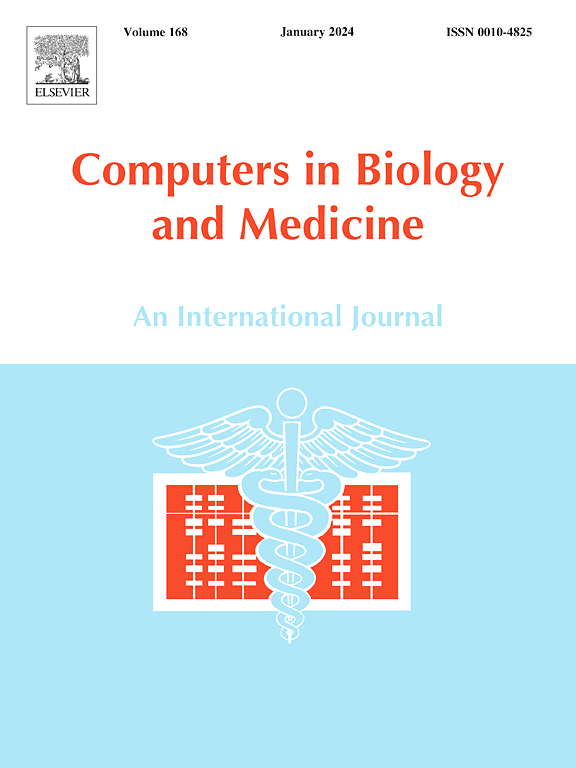Complex wound analysis using AI
IF 7
2区 医学
Q1 BIOLOGY
引用次数: 0
Abstract
Impaired wound healing is a significant clinical challenge. Standard wound analysis approaches are macroscopic, with limited histological assessments that rely on visual inspection of haematoxylin and eosin (H&E)-stained sections of biopsies. The analysis is time-consuming, requires a specialist trained to recognise various wound features, and therefore is often omitted in practice. We present an automated deep-learning (DL) approach capable of objectively and comprehensively analysing images of H&E-stained wound sections. Our model has a deep neural network (DNN) architecture, optimised for segmentation of characteristic wound features. We employed our model for the first-time analysis of human complex wounds. Histologically, human wounds are extremely variable, which presented a challenge when segmenting the different tissue classes. To validate our approach, we used mouse wound biopsy images across four timepoints of healing and employed the same DNN architecture for training and analysis in this context (89 % mean test set accuracy). We revised our approach for human complex wounds, analysing the biopsies at a cellular level, where our model performance improved (97 % mean test set accuracy). Together, our approach allows: (i) comprehensive analysis of human wound biopsy images; (ii) in-depth analysis of key features of mouse wound healing with accurate morphometric analysis and; (iii) analysis and quantification of immune cell infiltration, to aid clinical diagnosis of human complex wounds.
求助全文
约1分钟内获得全文
求助全文
来源期刊

Computers in biology and medicine
工程技术-工程:生物医学
CiteScore
11.70
自引率
10.40%
发文量
1086
审稿时长
74 days
期刊介绍:
Computers in Biology and Medicine is an international forum for sharing groundbreaking advancements in the use of computers in bioscience and medicine. This journal serves as a medium for communicating essential research, instruction, ideas, and information regarding the rapidly evolving field of computer applications in these domains. By encouraging the exchange of knowledge, we aim to facilitate progress and innovation in the utilization of computers in biology and medicine.
 求助内容:
求助内容: 应助结果提醒方式:
应助结果提醒方式:


